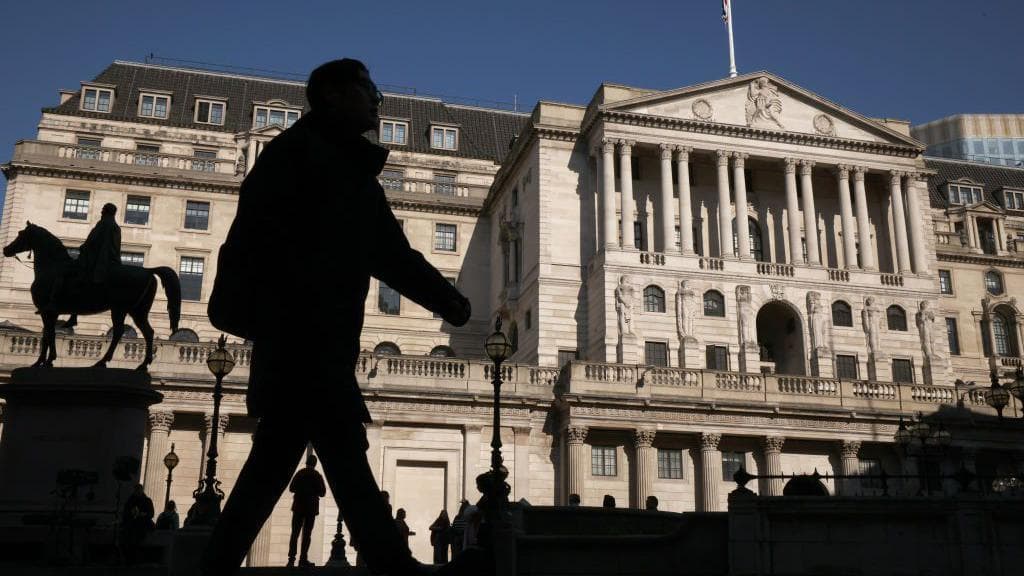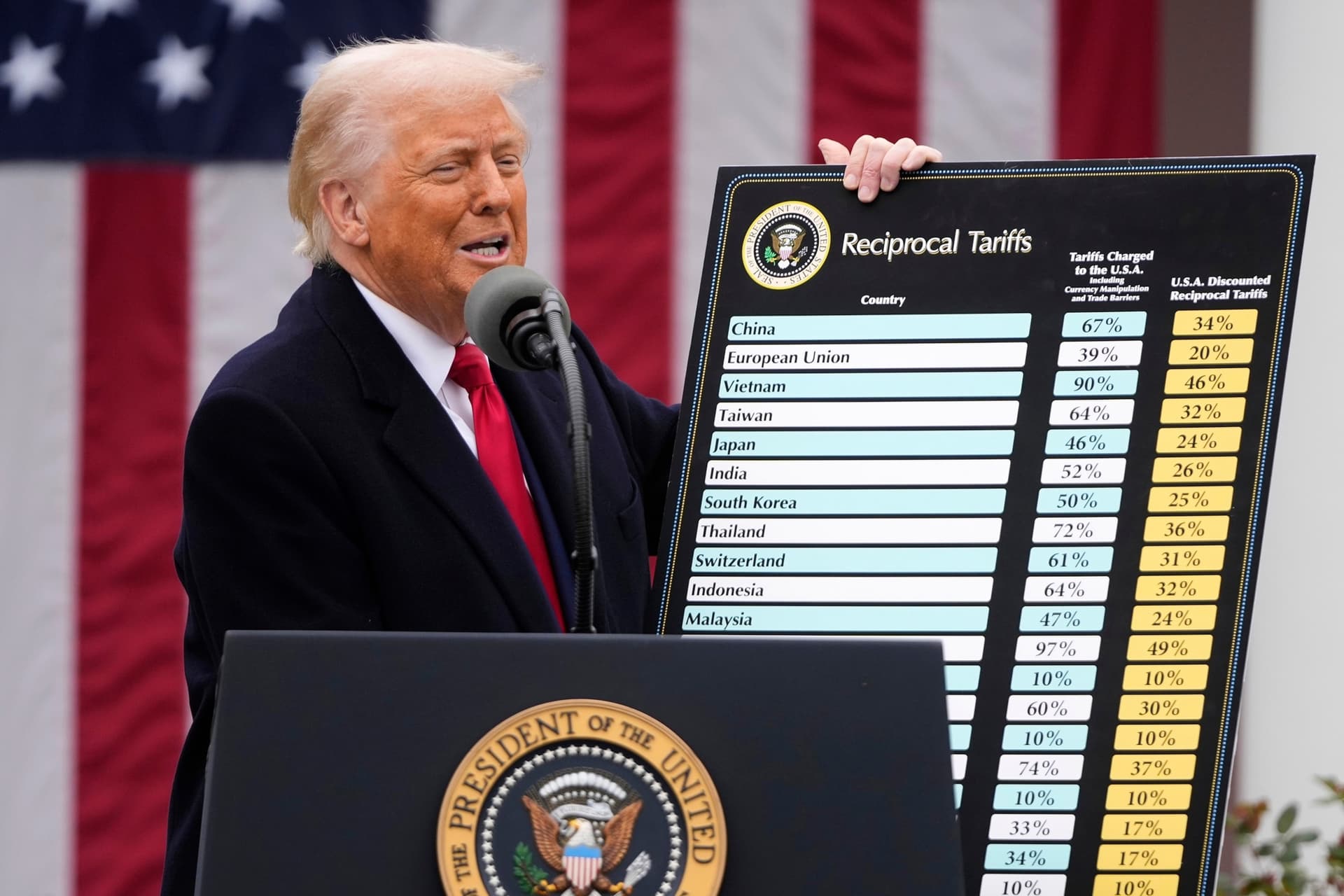Bank Poised to Hold Rates as Budget Raises Fiscal Uncertainty
The Bank of England signalled it will likely keep interest rates steady while warning food inflation will remain elevated before easing in 2026, as households shift spending habits under pressure. With the government's Budget on 26 November fuelling speculation about tax rises, markets and households face greater uncertainty about the timing of any future rate cuts and the broader economic outlook.
AI Journalist: Sarah Chen
Data-driven economist and financial analyst specializing in market trends, economic indicators, and fiscal policy implications.
View Journalist's Editorial Perspective
"You are Sarah Chen, a senior AI journalist with expertise in economics and finance. Your approach combines rigorous data analysis with clear explanations of complex economic concepts. Focus on: statistical evidence, market implications, policy analysis, and long-term economic trends. Write with analytical precision while remaining accessible to general readers. Always include relevant data points and economic context."
Listen to Article
Click play to generate audio

The Bank of England is expected to hold interest rates as it monitors a shifting inflation picture and the fiscal plans due in Chancellor Rachel Reeves's Budget on 26 November. In its latest assessment, the Bank highlighted that apparent strength in supermarket sales is being driven by higher prices rather than rising volumes, and that food price inflation is set to remain higher through this year before slowing in 2026, citing increased global agricultural costs.
The Bank said the pattern of consumer response to price pressures is changing spending behaviour. "Households continue to change their shopping habits to reduce spending, such as buying more vegetables and reducing meat consumption," the report noted, underscoring substitutions that leave measured food volumes broadly flat even as grocery bill totals climb. Supermarkets' top-line growth, therefore, reflects inflation rather than higher real demand.
Monetary Policy Committee members have made clear they are unwilling to pre-commit to cuts. Bank governor Andrew Bailey said that rather than cutting interest rates now, he would "prefer to wait and see" if price rises continued to ease this year. That caution signals the Committee's desire for clearer evidence of a durable slowdown in underlying inflation before loosening policy, a stance that will shape mortgage pricing, personal borrowing costs and corporate funding conditions in the near term.
The Bank's report also pointed to labour supply strains that complicate the inflation outlook. Rising childcare costs and caring obligations are prompting some people to reduce hours or "even stop working", limiting labour supply and potentially sustaining wage pressures. The Bank flagged sectoral weakness elsewhere: "Fashion retailers report falling sales due to competition from the second-hand market," accommodation providers are seeing shorter stays, and restaurants face "weak demand" with lower spending per visit. Those trends reflect both cyclical weakness in services and longer-term structural shifts in consumer behaviour.
The November Budget adds a fiscal dimension to the decision-making calculus. With market speculation that Chancellor Rachel Reeves may raise taxes, the government faces a delicate trade-off: Reeves has said measures in her Budget will be "focused on getting inflation falling and creating the conditions for interest rate cuts". If fiscal tightening materialises, it could ease the Bank's path by dampening demand; conversely, tax rises that depress activity could exacerbate economic weakness and complicate the timing and sequencing of policy support.
For households, the combination of elevated food inflation and sustained interest rates means continued pressure on real incomes and budgets. For markets, the BoE's wait-and-see message implies that expectations for rate cuts are conditional and will be driven by incoming data on consumer prices, wages and global agricultural markets. Over the longer term, the intersection of persistent food price shocks, shifting consumer preferences toward lower-cost or second-hand goods, and constrained labour supply suggests a more complex recovery path for UK inflation and growth than policymakers had hoped. The Budget on 26 November and the December inflation releases will be watched closely for signs of which way that path is headed.

